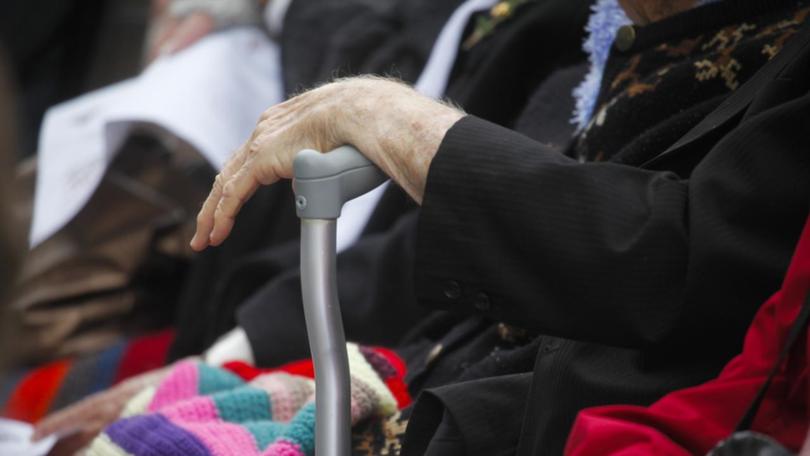Higher aged care payments to boost quality, fairness

Some older Australians will now have to pay more for aged care, but the Government says it will be worth it.
About 1.4 million seniors will receive greater support to live independently at home before going into aged care after the Federal Government and the Opposition struck a deal to get a long-awaited $5.6 billion package through parliament.
To help fully fund the growing cost of care, new entrants will have to shoulder increased means-tested contributions with some expected to pay thousands more per year.
Sign up to The Nightly's newsletters.
Get the first look at the digital newspaper, curated daily stories and breaking headlines delivered to your inbox.
By continuing you agree to our Terms and Privacy Policy.Aged Care Minister Anika Wells says it will make the new system more sustainable and improve older Australians’ experiences.
“When a person arrives at residential aged care, let’s be honest, it’s not something that people look forward to ... in fact, over the past few years, people have been dreading it,” Ms Wells told ABC Radio on Friday.
“Lots of people have said to me, ‘I’d be happy to pay a little bit more if I could get a higher standard of aged care’.
“What I hope is that when that moment comes ... they arrive to an aged care facility that has a new wing being built and that the room they have has an ensuite.”
The lifetime contribution cap will be raised from about $76,000 to $130,000, saving taxpayers $12.6 billion over 11 years after an initial increase of $930 million over the first four.
The changes would also go some way to rebalance intergenerational unfairness, said Melinda Cilento, chief executive of economic development non-profit CEDA.
“Older Australians are generally wealthier than in previous generations, while the taxpayer base - which relies too heavily on working-age Australians - is shrinking,” she said.
“Australians are increasingly entering into care at an older age and with higher, more complex care requirements. “But the changes ... acknowledge that those who can afford it should pay for daily living costs.”
Only people not already in aged care or receiving home care and who exceed a wealth or income threshold will have to pay higher contributions.
The Government ruled out changes to the treatment of the family home, but Ms Cilento said it should consider lifting the means-test threshold to reflect the significant rise in home values.
“Some Australians have accumulated a substantial amount of wealth, including increasing superannuation balances, supported by tax concessions,” she said.
The Government would remain the prime funder of aged care.
For every $1 a person in aged care contributes, the Federal Government will chip in $3.30 on average to residential care and $7.80 for home supports.
Aged and Community Care Providers Association chief executive Tom Symondson said the reforms would bring financial sustainability to the sector, with many home and community care providers only just keeping their heads above water.
“Australia can build an aged care system that’s the envy of the world, but we need help to do it,” he said.
Older Persons Advocacy Network chief executive Craig Gear said he was disappointed criminal penalties for serious harm and neglect were omitted from the final legislation, after a royal commission revealed appalling conditions in the sector.
